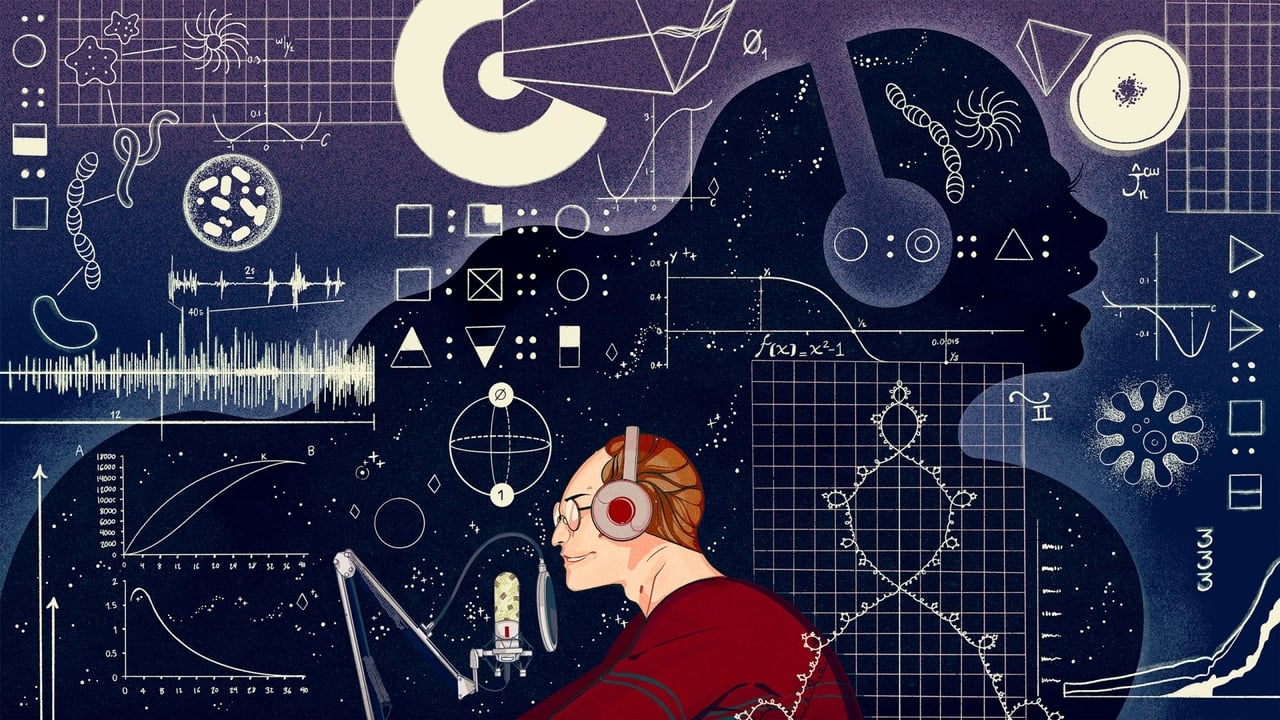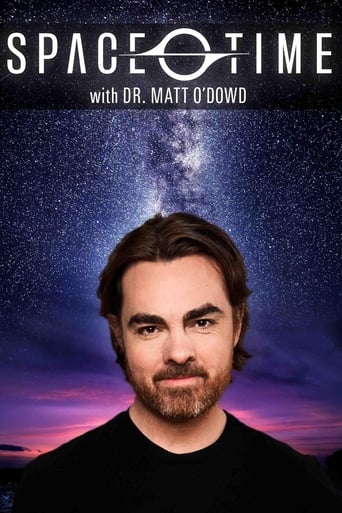Quanta Magazine Season 2018

Explore mind-bending developments in basic science and math research. Quanta Magazine is an award-winning, editorially independent magazine published by the Simons Foundation.
Watch NowWith 30 Day Free Trial!
Quanta Magazine
1
Explore mind-bending developments in basic science and math research. Quanta Magazine is an award-winning, editorially independent magazine published by the Simons Foundation.
Watch Trailer
With 30 Day Free Trial!
Quanta Magazine Season 2018 Full Episode Guide
How do extraordinarily complex emergent phenomena — like ants assembling themselves into living bridges, or tiny water and air molecules forming into swirling hurricanes — spontaneously arise from systems of much simpler elements? The answer often depends on a transition in the interplay between the elements that resembles a phase change.
The University of Cambridge astrophysicist, Astronomer Royal and popular author discusses how our society can benefit from science while avoiding potential pitfalls.
The Stanford mathematician Tadashi Tokieda demonstrates one of his physics “toys”: the curious higher and lower notes you hear when tapping a coffee mug with a spoon.
In the latest campaign to reconcile Einstein’s theory of gravity with quantum mechanics, many physicists are studying how a higher dimensional space that includes gravity arises like a hologram from a lower dimensional particle theory.
Valeria Pettorino discusses the prospects of learning about dark energy with the Euclid satellite.
Just as mathematics transformed physics from a philosophy into a science, data and computation are transforming science today, says Mario Jurić. He’s leading the push to get astronomy ready for the torrents of data that are about to flow. Mario Jurić explains how the nature of what it means to be an astronomer is changing.
Stem cell researcher Renee Reijo Pera of Montana State University explains how the timing of developmental events in the early embryo can subtly affect health many years later.
Tomas Bohr explains the significance of the double-slit experiment in exposing the weirdness of the quantum world.
Rosaly Lopes explains why it’s worth exploring the huge variety of volcanoes on other worlds.
Mathematicians Caucher Birkar, Alessio Figalli, Peter Scholze and Akshay Venkatesh have been awarded the Fields Medal. Computer scientist Constantinos Daskalakis won the Nevanlinna Prize.
Constantinos Daskalakis on why he studies the interface between theoretical computer science and human behavior.
Akshay Venkatesh on his mathematical working style, which took him many years to discover.
Birkar discusses the need for originality in mathematics and in life.
The mathematician Alessio Figalli is rarely in one place for very long. But his work has established the stability of everything from crystals to weather fronts by using concepts derived from Napoleonic fortifications.
Cohl Furey explains what octonions are and what they might have to do with particle physics.
Jessica Whited is a biologist who studies limb regeneration at Harvard Medical School and Brigham and Women’s Hospital. Here, she explains how genomic information for the salamander called an axolotl will help us understand the potential for regrowing limbs in humans and other animals.
Carina Curto, a mathematician at Pennsylvania State University, explains how her background in theoretical physics helps her tackle daunting problems in theoretical neuroscience.
Lisa Manning, a physicist at Syracuse University, describes how the physics of glassy materials helps to explain how some organs assume their correct shape during embryonic development.
Michela Massimi argues that the philosophy of science doesn’t have to be useful to scientists for it to be useful to humanity.
Donald Richards discusses the statistical rule-of-thumb he wishes everyone knew.
Günter Ziegler describes one of the most famous and beautiful proofs in "Proofs From THE BOOK," a book he co-authored with Martin Aigner.
Barbara Engelhardt, a computer scientist at Princeton University, explains why traditional machine-learning techniques have often fallen short for genomic analysis, and how researchers are overcoming that challenge.
Goldman explains how “smarticles” work together to demonstrate collective behavior.
Neuroscientist Erich Jarvis discusses how the brain circuitry for vocal learning in songbirds and humans evolved from systems for controlling body movements and why so few species have this ability.
Ed Boyden of MIT’s Media Lab, the inventor of expansion microscopy, explains how the technique could illuminate deep mysteries about how the brain works and improve cancer diagnosis, among many other advances.
Mathematician Richard Schwartz talks about why he's attracted to the hidden depths of simple problems.
Free Trial Channels
Seasons




































